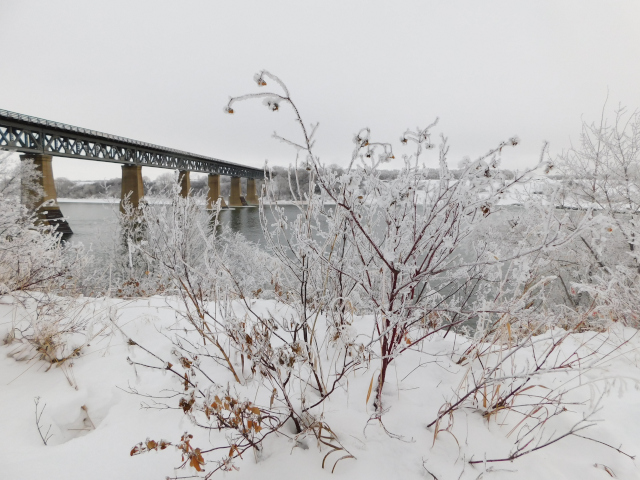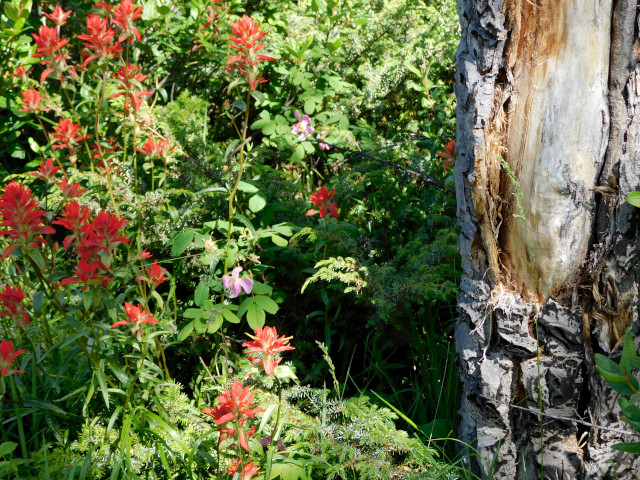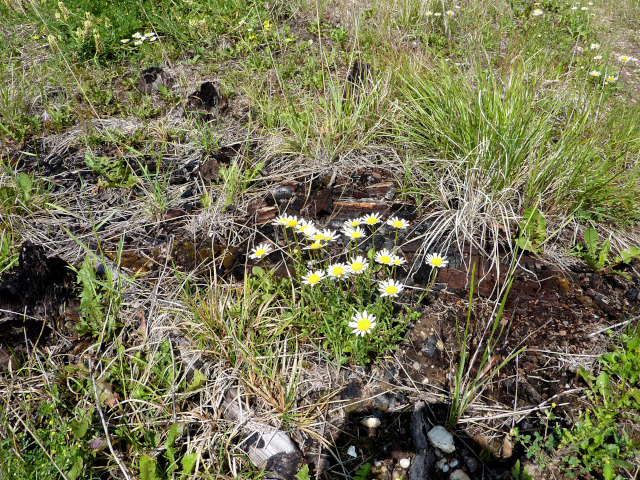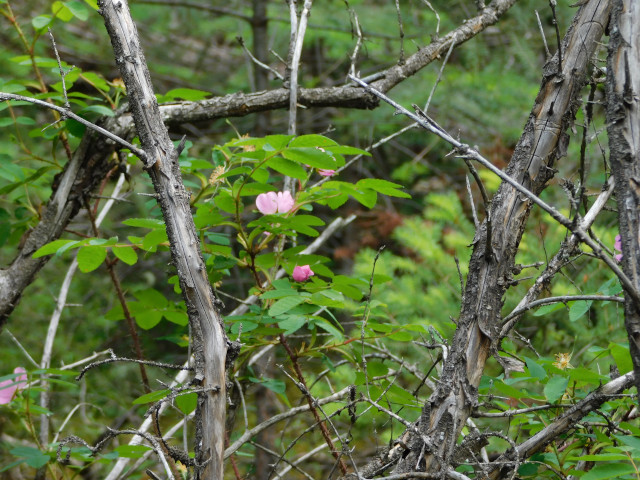“In truth, all deaths matter. What I say is simply that these two matter to me.”
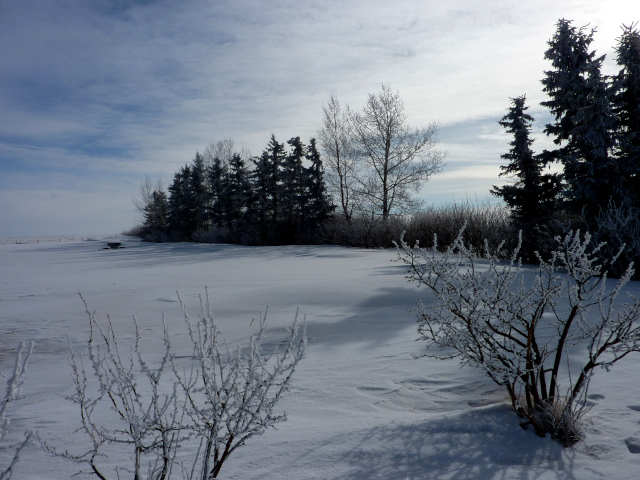
That two men died on February 16, 2024, is not, in itself, a noteworthy fact. Thousands upon thousands of men and women and children die each day on our planet earth. All those deaths are important to those around them who continue to live, and all of those lives, now ended, deserve to have their stories told. I speak of only two.
The name of the first, Alexei Navalny, is well-known in many countries besides his native country, Russia. He was still young, only 47. Had he been free to work toward his vision, he could have accomplished much. Even so, he has galvanized supporters who continue to expose corruption and call for fairer government. His fearless return to Russia after his recovery from the poisoning attempt in 2020 has inspired admiration everywhere his story is known.
Navalny lived with passion and courage. He loved his country and he loved his people more. So with all the skills he had—and they were many—he condemned Putin’s oppression of his people and his selfish exploitation of his country. Regardless of the efforts to keep him from speaking out, he refused to be silenced and that cost him his life. Whatever the immediate cause of death (in the Siberian prison where he was held), which we may never know with certainty, there is no doubt at all that President Vladimir Putin of Russia wanted him dead.
I am not Russian and have not even heard Navalny speak in person, let alone known him in any meaningful sense of the word. Yet I grieve his death, and pray that it will not have been in vain.
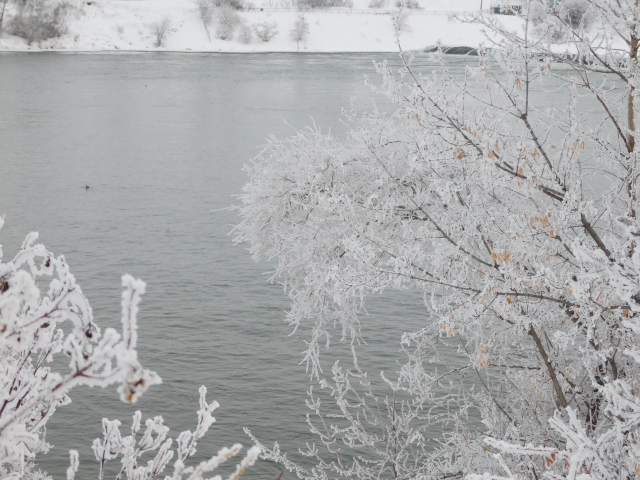
The name of the second man who died on February 16, Rev. Vern Ratzlaff, is definitely less well-known. He was also much older, having already had a long and full life. His last years were spent in a care home, dependent on staff for daily needs and on friends and family for what social life he could still manage, but those are minor details.
What matters is that in his own way, he lived with a passion for truth and justice as intense as any and loved his people, his congregations, with a compassionate heart. He had a brilliant mind and was a competent religious scholar and excellent teacher. He could have been a successful academic, yet he chose otherwise. The God he worshiped had called him to preach and to live out justice and peace and love. And so he did.
For us, he is the tall bearded man, slightly stooped, with a gentle smile, who offered us friendship and a place in his church community. In his presence, we felt encouraged, trusted, safe. He had an ability to learn from others, with an astonishing openness to spiritual perspectives that differed from his. Although raised in a conservative-minded denomination with devout adherence to a clearly outlined Christian doctrine, Vern had learned a wider ecumenical vision that he fostered in the churches that he ministered to. His friendships were wide-ranging; he was welcomed with respect in other churches, and in synagogue, temple, and mosque.
He had a quirky sense of humor, an ability to laugh at himself, with a boyish sense of fun. Not all introverts appreciate so-called practical jokes, but Vern could delight in the absurd and the silly. At the same time, he had an inner stillness that let others breathe and be. He loved music and sang in choirs until that was no longer possible. He and his wife were generous and hospitable, welcoming others to their home and table; guest speakers in his church were invariably invited out for lunch.
He was not perfect – no human is. There were shadows in his history, interludes that a hagiographer would gloss over. However, Vern himself would not want a hagiographer: he knew for certain that God was gracious and forgiving. He would, no doubt, ask his grieving friends to go on living according to scriptural words that he loved and taught: this is what is required of you, “to act justly and to love mercy, and to walk humbly with your God” (Micah 6:8).
